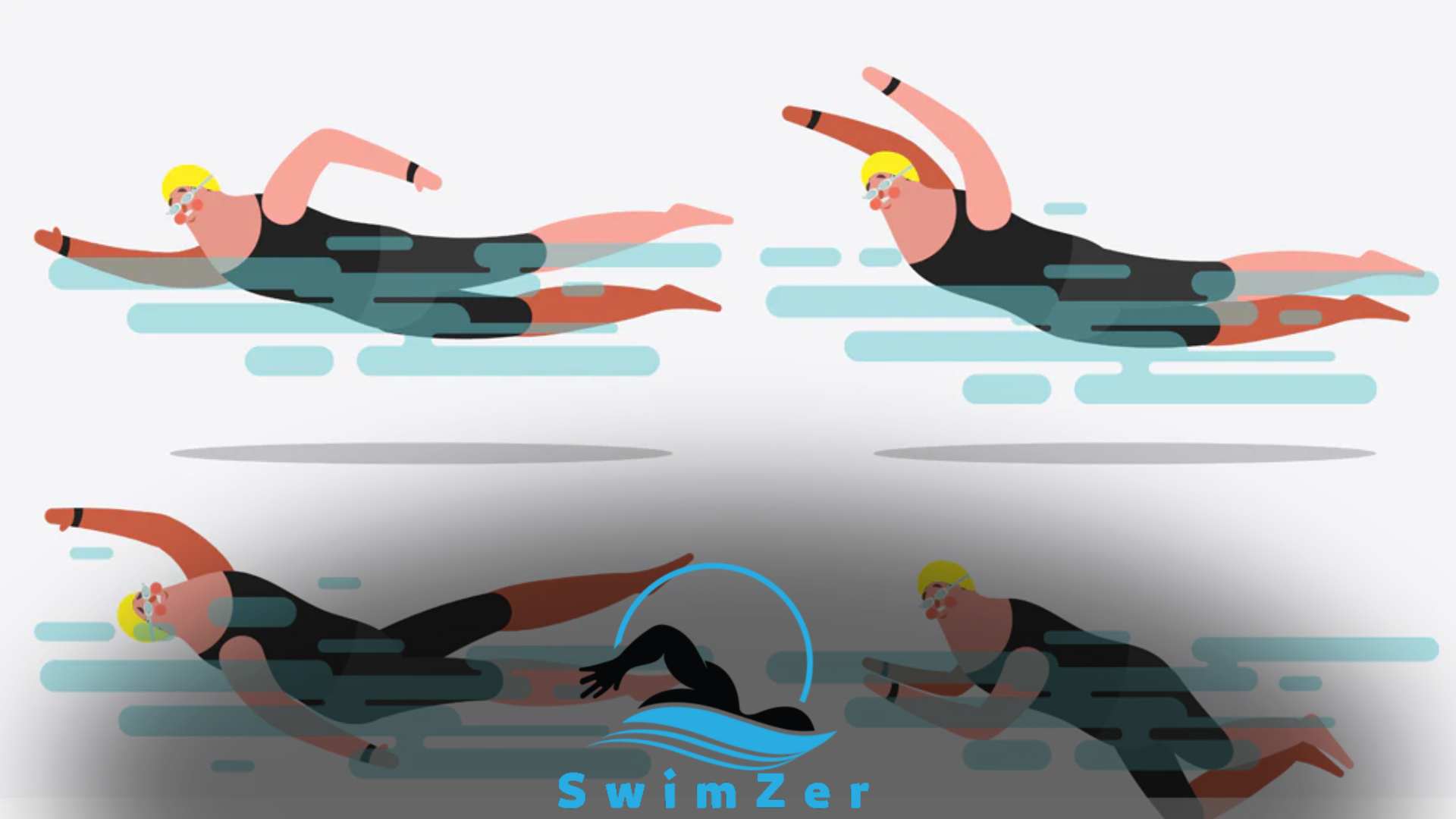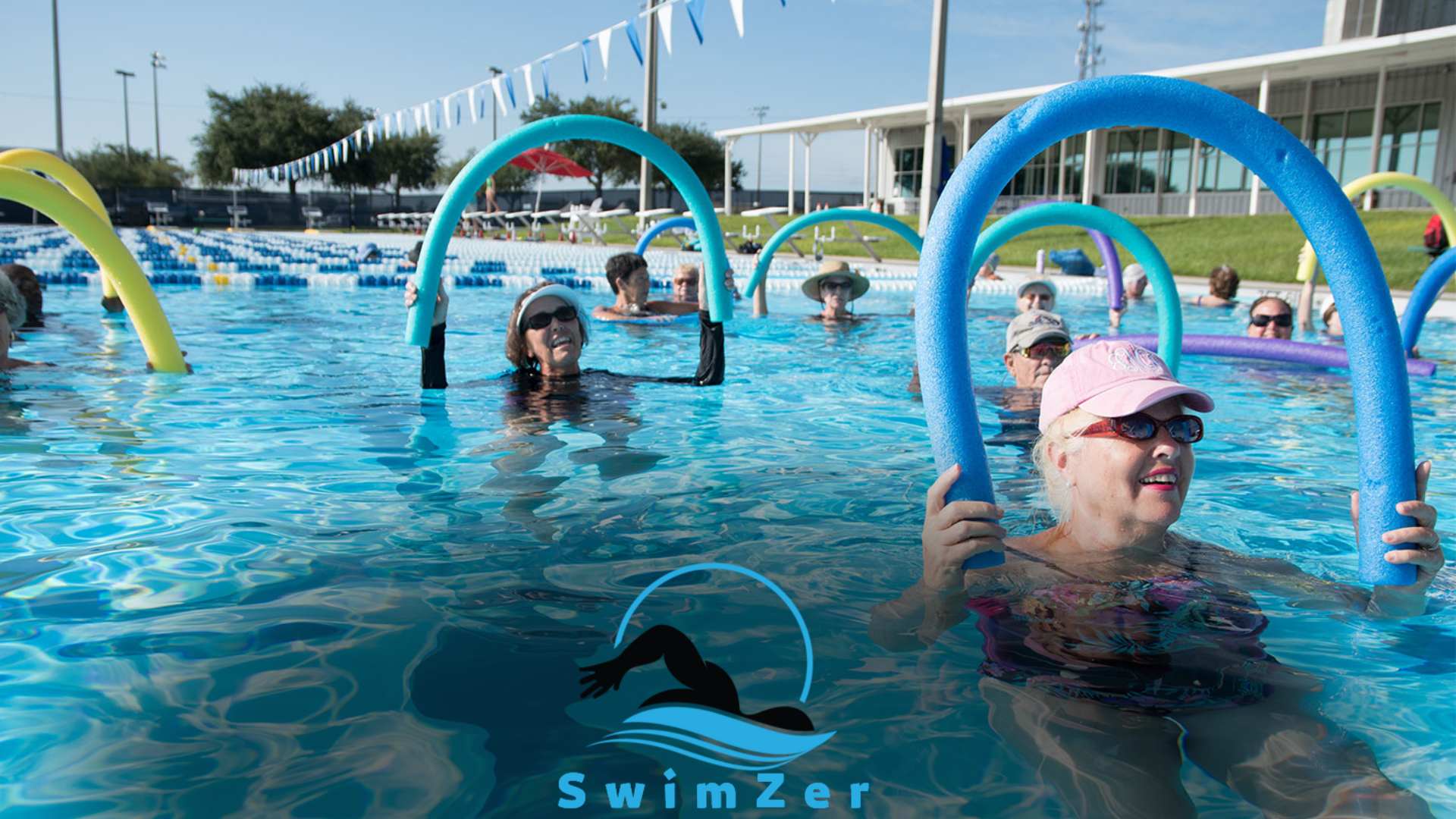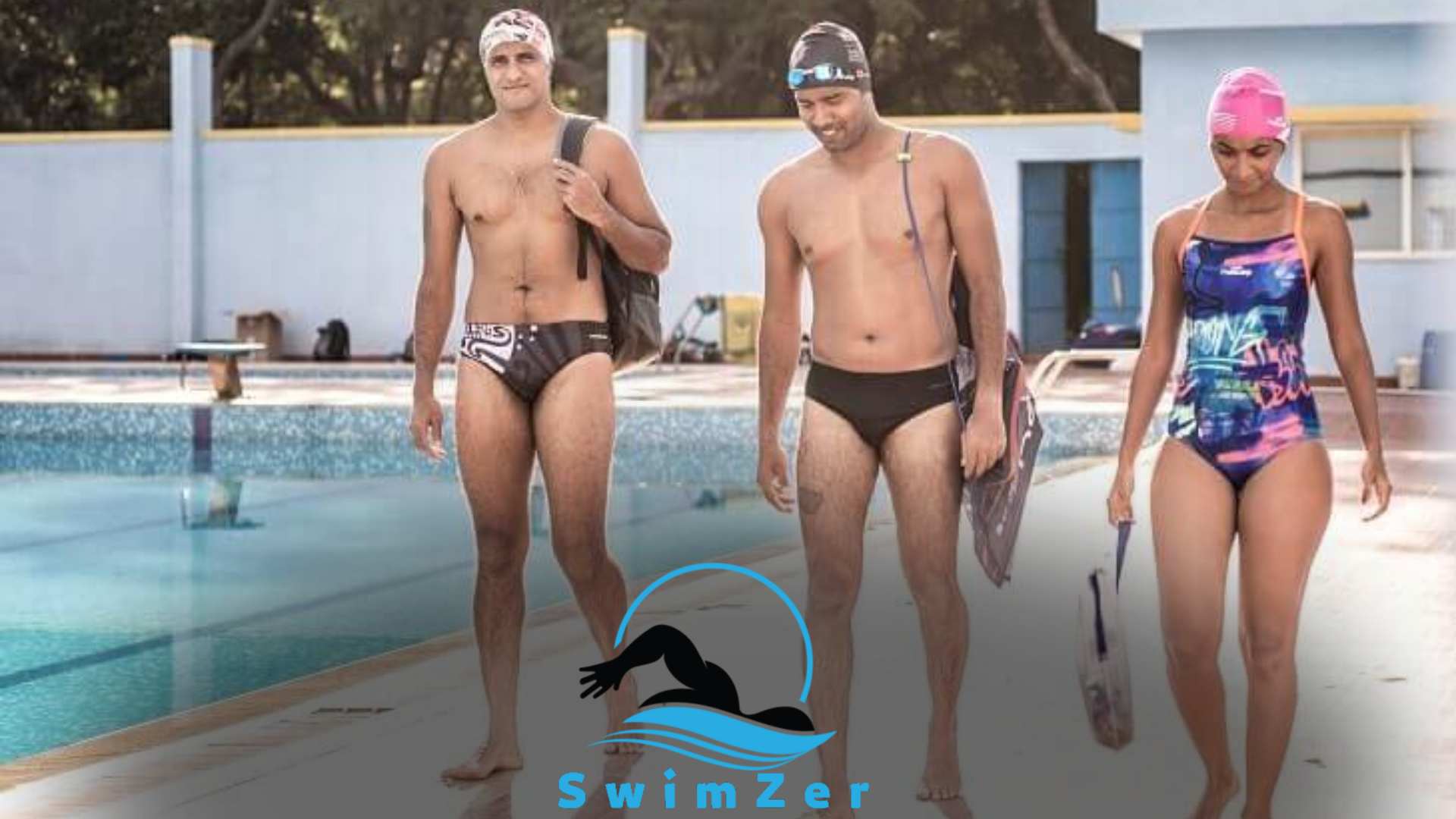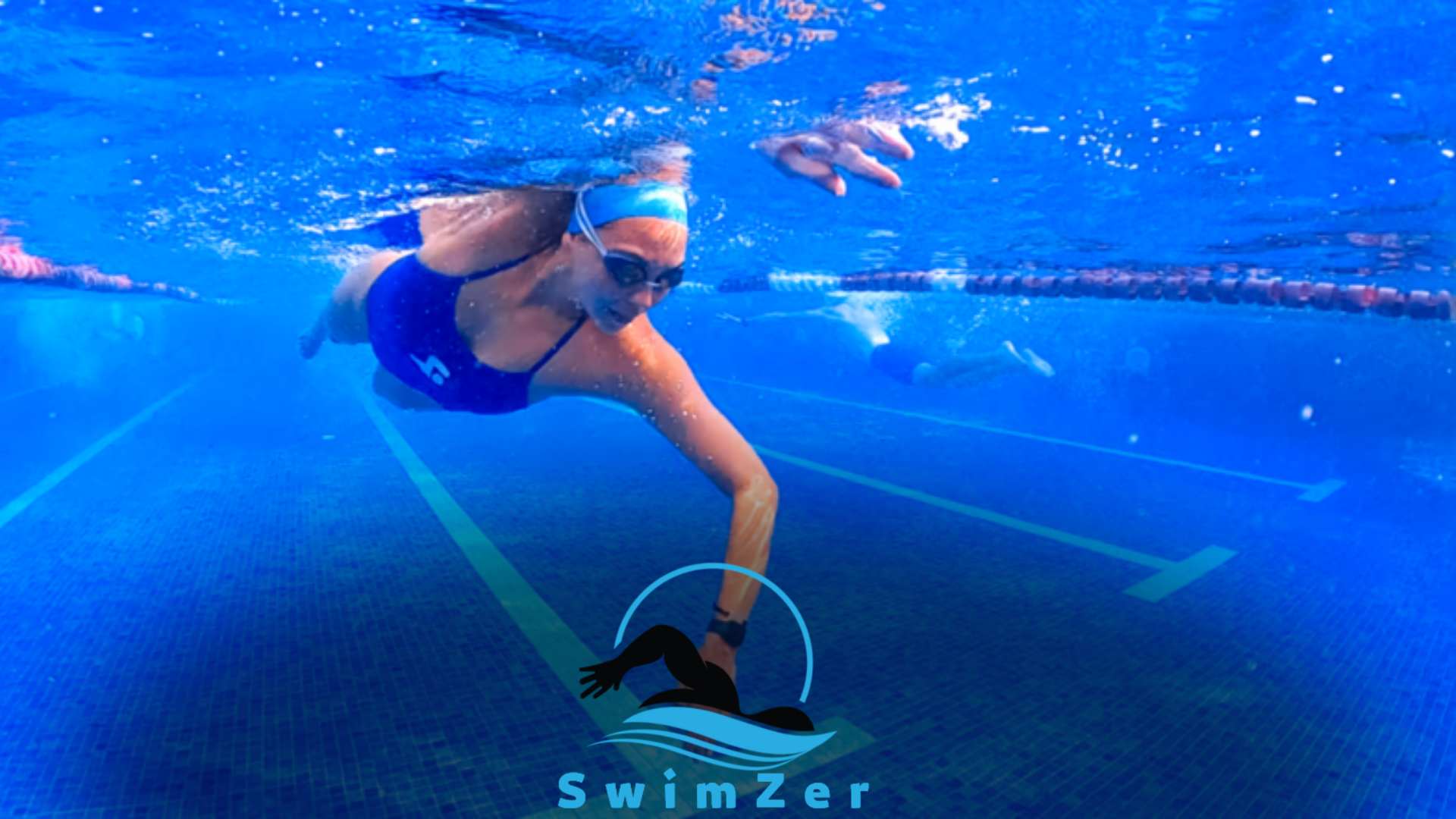Swimming is good for pregnancy as it is low-impact, improves cardiovascular fitness, and strengthens muscles. Swimming is a beneficial exercise during pregnancy due to its low-impact nature.
It helps to support the growing baby’s weight, reduces joint strain, and minimizes the risk of injury. Additionally, swimming provides an excellent cardiovascular workout, promoting heart health and increasing stamina.
The water’s buoyancy also relieves pressure on the joints, making it easier to move and reducing discomfort.
Swimming tones and strengthens muscles throughout the body, including the arms, legs, core, and back, which can help support the added weight and changes in posture during pregnancy.
Moreover, swimming promotes relaxation and enhances overall well-being, making it an ideal exercise option for expectant mothers.
Is Swimming Good for Pregnancy Benefits
When maintaining a healthy lifestyle during pregnancy, finding the right exercise routine is key. Swimming, a low-impact aerobic activity, has been hailed by experts as one of the best forms of exercise for pregnant women.
It provides a refreshing reprieve from the extra weight and aches that come with carrying a baby and offers many benefits for both the mother and the unborn child.
In this article, we will dive deep into the positive impact of swimming on pregnancy and explore its benefits from every angle, enabling you to incorporate this aquatic exercise into your prenatal health routine.
Understand the Impact of Swimming on Pregnant Women
Swimming during pregnancy offers various advantages beyond just keeping you physically active. Let’s look at some of the key benefits it provides:
- Low impact on joints: As your body goes through significant changes during pregnancy, it becomes essential to find gentle joint exercises. Swimming, thanks to the buoyancy of the water, reduces the strain on your joints and muscles while providing a full-body workout.
- Improved cardiovascular health: Swimming is a great way to maintain cardiovascular fitness without putting excessive strain on your heart. It increases your heart rate, which can help strengthen your heart, improve circulation, and boost overall cardiovascular health.
- Reduced swelling: Pregnancy often leads to swelling, particularly in the feet and ankles. Being in the water helps alleviate the pressure on your lower body, promoting better circulation and reducing swelling.
- Relief from pregnancy discomforts: The weightlessness experienced while swimming can temporarily relieve common discomforts associated with pregnancy, such as back pain, sciatica, and the feeling of heaviness.
The Role of Aquatic Exercise In Prenatal Health
Aquatic exercise, including swimming, is vital in promoting overall prenatal health. Here are a few reasons why:
- Supports muscle strength and flexibility: Swimming engages almost all the major muscle groups, helping you maintain strength and flexibility throughout pregnancy. It can contribute to better posture, balance, and coordination.
- Enhances mental well-being: Pregnancy can be emotionally challenging, and exercise is crucial in managing stress and promoting positive mental health. Being in the water can create a calming effect, reducing anxiety and boosting mood.
- Regulates body temperature: Maintaining a comfortable body temperature during exercise is essential for pregnant women. The water is a natural coolant, preventing overheating and ensuring your body stays safe.
- Prepares for labor and delivery: Swimming strengthens your core and pelvic muscles, which are crucial for labor and delivery. It can also improve your stamina, making you more resilient during the later stages of pregnancy and childbirth.
Comparing Swimming to Other Forms of Prenatal Exercise
When comparing swimming to other forms of prenatal exercise, it’s important to consider the unique benefits it offers:
| Swimming | Walking | Prenatal Yoga | |
|---|---|---|---|
| Low-impact | ✓ | ✓ | ✓ |
| Cardiovascular benefits | ✓ | ✓ | ✓ |
| Reduced swelling | ✓ | ||
| Muscle strength and flexibility | ✓ | ✓ | |
| Mental well-being | ✓ | ✓ | ✓ |
| Regulates body temperature | ✓ | ✓ | |
| Prepares for labor and delivery | ✓ |
While swimming shares some benefits with other forms of prenatal exercise, its unique characteristics make it an ideal choice for pregnant women looking for a holistic and enjoyable way to stay fit.
Assessing Safety and Precautions
Swimming during pregnancy is considered safe and beneficial for both the mother and the baby. It is a low-impact exercise that helps to relieve discomfort, improve cardiovascular health, and strengthen muscles.
However, assessing safety and taking precautions such as avoiding hot tubs, staying hydrated, and listening to your body’s cues is essential.
Navigating Potential Risks Associated With Swimming While Pregnant
When considering an exercise routine during pregnancy, swimming often emerges as a top choice for many expectant mothers. Not only does it provide a full-body workout, but it also alleviates the strain on joints and ligaments.
However, like any form of physical activity, it is essential to assess safety and take necessary precautions to ensure a healthy and enjoyable experience.
Understanding potential risks can help expectant mothers make informed decisions when incorporating swimming into their prenatal routine.
Essential Safety Measures to Consider Before Diving In
Before diving into the pool, it is vital to prioritize safety during pregnancy. Here are some essential safety measures to consider:
- Consult with your healthcare provider: Before starting any exercise regimen, including swimming, it is crucial to consult with your healthcare provider. They can evaluate your specific health conditions and provide personalized advice and recommendations.
- Choose the right swimming location: Opt for swimming pools that maintain proper hygiene and cleanliness standards. Chlorinated pools are generally safe, but excessive exposure to chlorine may cause some skin irritation. If you decide to swim in natural bodies of water, ensure they are free from pollutants and properly monitored.
- Wear comfortable swimwear: Investing in well-fitting maternity swimwear can enhance comfort and support during swimming sessions. Designs that provide ample room for belly growth and adjustable straps for optimal comfort.
- Stay hydrated: It is crucial to stay hydrated while swimming, as dehydration can lead to dizziness or lightheadedness. Ensure you drink plenty of water before, during, and after your swim to keep hydrated.
- Monitor body temperature: Exercise, including swimming, increases body temperature. To prevent overheating, avoid swimming in hot tubs, saunas, or excessively warm pools. Listen to your body and take breaks if you feel overheated or exhausted.
When to Avoid Swimming During Pregnancy Periods
While swimming is generally considered safe during pregnancy, there are certain instances when it is advisable to avoid it. It is recommended to refrain from swimming if you experience any of the following:
- Excessive vaginal bleeding
- Preterm labor or ruptured membranes
- A placenta previa diagnosis
- Persistent high blood pressure
- Severe anemia
- Severe respiratory or cardiac disorders
- Any infectious conditions
- Significant swelling or edema
If you have any concerns or medical conditions, always consult your healthcare provider before swimming or any other physical activities during pregnancy. They can provide individualized guidance based on your specific circumstances.
Swimming’s Influence on Pregnancy Wellness
Swimming is not only a refreshing way to beat the summer heat, but it is also an excellent form of exercise for pregnant women.
The buoyancy of water can alleviate the strain on a growing belly, making it an ideal low-impact activity for expectant mothers. Beyond the physical relief, swimming offers many benefits that contribute to overall pregnancy wellness.
In this section, we will explore the positive influence of swimming on cardiovascular health, pregnancy-related back pain and joint stress, and weight management during pregnancy.
Swimming’s Benefits for Maternal Cardiovascular Health
One of the most notable advantages of swimming during pregnancy is its positive impact on maternal cardiovascular health. Engaging in regular swimming sessions helps elevate the heart rate, promoting better blood circulation throughout the body.
The increased blood flow benefits the mother and ensures optimum oxygen and nutrient supply to the developing baby.
Swimming keeps the cardiovascular system strong and healthy, reducing the risk of gestational hypertension and preeclampsia.
Effects on Pregnancy-related Back Pain and Joint Stress
Pregnancy often brings along with it discomfort and pain, particularly in the back and joints. However, swimming can help alleviate these troublesome symptoms.
The buoyancy of water relieves the pressure on the back, hips, and knees, reducing the strain on these areas. The gentle resistance water also helps strengthen the muscles supporting the back and spine, alleviating pregnancy-related back pain.
Additionally, the weightlessness experienced while swimming allows expectant mothers to move more freely and comfortably without excessive strain on their joints.
Managing Weight Gain Through Aquatic Activities
Weight gain during pregnancy is a natural and essential part of the journey. However, maintaining a healthy weight is crucial for the mother and baby’s well-being.
Engaging in aquatic activities like swimming enables expectant mothers to manage weight gain effectively. The water’s resistance helps burn calories, tone muscles, and improve body strength.
Regular swimming sessions can prevent excessive weight gain without placing unnecessary stress on the joints, providing a safe and effective way to stay active during pregnancy.
Pregnancy Swim Workouts Explained
Swimming is an excellent form of exercise for expectant mothers. Not only does it provide a low-impact, full-body workout, but it also offers numerous benefits for both the mother and the baby.
In this section, we will explore the different aspects of pregnancy swim workouts, including tailoring exercises to different trimesters, incorporating gentle swim strokes, and determining the ideal duration and frequency of swim sessions for expectant mothers.
Tailoring Swimming Exercises to Different Trimesters
As your pregnancy progresses, it is crucial to adapt your swim workouts to accommodate the changes in your body and the needs of your growing baby. Each trimester brings unique challenges and considerations.
- First Trimester: During the first trimester, you may not experience significant physical changes yet. However, you should still focus on exercises that help strengthen your core and improve cardiovascular fitness. Incorporate gentle stretches and warm-ups before starting your swim sessions.
- Second Trimester: Modifying your swim strokes is advisable as your baby bump grows. Avoid excessive strain on your abdominal muscles by substituting breaststroke or backstroke with side strokes. These strokes provide excellent resistance and help maintain a comfortable position in the water.
- Third Trimester: In the final trimester, buoyancy becomes your best friend. Engage in exercises that reduce weight-bearing stress on your joints, such as water walking or gentle aqua aerobics. Additionally, avoid deep dives or any movements requiring sudden direction changes.
Incorporating Gentle Swim Strokes for Pregnancy
Swimming strokes can be modified to ensure a safe and enjoyable workout during pregnancy. Certain strokes place less strain on the body while providing a fantastic workout.
- Side Stroke: This stroke is ideal for pregnant women, as it allows you to maintain a comfortable and stable position in the water without putting pressure on your belly or back.
- Modified Breaststroke: Instead of the traditional breaststroke, consider using the modified version. Keep your head above water, focus on a slower and wider kick, and avoid stretching your legs too far apart to prevent strain on your hip joints.
- Backstroke: The backstroke is generally considered safe during pregnancy, especially in the early and mid-trimesters. However, as your belly grows, consider using a pool noodle for support to prevent excessive arching of your back.
Duration and Frequency of Swim Sessions for Expectant Mothers
The duration and frequency of your swim sessions depend on your fitness level, energy levels, and any specific recommendations from your healthcare provider.
Generally, it is advisable to start with shorter sessions and gradually increase the duration as you feel comfortable.
| Trimester | Duration | Frequency |
| First Trimester | 20-30 minutes | 3-4 times per week |
| Second Trimester | 30-45 minutes | 3-5 times per week |
| Third Trimester | 20-30 minutes | 2-3 times per week |
Always listen to your body, and don’t overexert yourself. Consult your healthcare provider if you experience discomfort, pain, or shortness of breath during your swim sessions.
Swimming and Emotional Health During Pregnancy
Swimming is not just beneficial for the physical well-being of pregnant women, but it also plays a significant role in promoting emotional health during this transformative time.
The gentle, low-impact nature of swimming makes it an ideal form of exercise to manage stress, enhance mood, and build a support network through swimming groups.
Swimming As a Stress-reliever for Pregnant Women
One of the key advantages of swimming during pregnancy is its ability to alleviate stress and anxiety. The soothing feeling of being in the water allows expectant mothers to leave behind the burdens and pressures of daily life.
The buoyancy of water reduces the impact on joints and muscles, creating a weightless sensation that eases tension and promotes relaxation.
As you glide through the water, the rhythmic movements help release endorphins, known as the “feel-good” hormones, which naturally improve mood and relieve stress.
The Relationship Between Aquatic Exercise and Prenatal Mood
Engaging in aquatic exercise, such as swimming, has positively impacted prenatal mood. Regular physical activity, including swimming, stimulates the release of serotonin, a neurotransmitter that helps regulate mood.
With increasing hormonal fluctuations during pregnancy, maintaining a stable mood becomes crucial. Swimming provides a serene environment where pregnant women can focus on their breathing and movement, fostering a sense of mindfulness and tranquility.
This serene state helps reduce mood swings, enhances emotional well-being, and promotes a more positive outlook on pregnancy.
Building a Support Network Through Swimming Groups
Swimming groups offer a fantastic opportunity for expectant mothers to connect, share experiences, and build a supportive network.
Joining such groups provides a sense of belonging and allows pregnant women to learn from each other and exchange helpful tips.
Being part of a community of fellow swimmers going through similar experiences can significantly contribute to emotional well-being during pregnancy.
The camaraderie within swimming groups helps reduce feelings of isolation and fosters a supportive environment where women can openly discuss their concerns, share joys, and find comfort through shared vulnerabilities.
Conclusion
Swimming is a highly beneficial exercise during pregnancy due to its low-impact nature and ability to work multiple muscle groups.
Not only does it provide cardiovascular benefits, but it also reduces swelling and discomfort while improving overall strength and flexibility.
Swimming into a prenatal fitness routine can promote a healthy pregnancy and promote a smooth delivery. So, dive in and enjoy the benefits of swimming for both you and your baby!
















